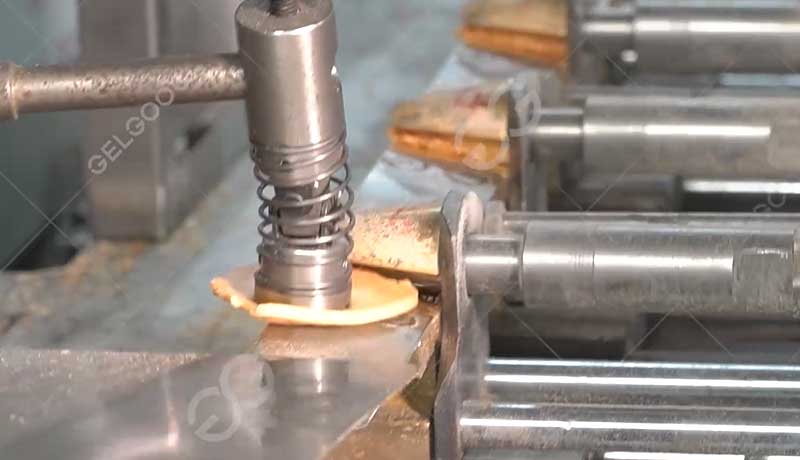By 2025, the global ice cream cone production market is quietly embarking on a trajectory of both growth and restructuring—with both production and demand rising simultaneously, while undercurrents of technological, channel, and geopolitical competition are surging.

Global Production: A Continuously Rising "Sweet Curve"
Over the past five years, the ice cream cone industry has maintained a rare annual pace of growth. According to the latest statistics from the Market Information Research Network, global ice cream cone production reached a historic high in 2020.
Looking ahead to 2021-2025, the compound annual growth rate is expected to remain in the 4%-6% range, and by 2025, total production capacity will exceed x million tons (sensitive company data omitted, the same below), an increase of approximately 20% from 2020. The core driving force behind this trend comes from three major "accelerators":
- Emerging markets are rapidly realizing "ice cream freedom"—per capita consumption in Southeast Asia and India is still less than one-fifth of that in Europe and the United States, but rising GDP and urbanization are driving a concentrated demand for "first cones";
- Mature markets are experiencing "health upgrades" that drive repeat purchases—new recipes like low-sugar, plant-based, and gluten-free are stimulating repeat purchases;
- Channel fragmentation has brought ice cream cones to every corner—convenience stores, tea shops, and e-commerce delivery—turning ice cream cones from a "seasonal item" into a "constant snack."

Regional Landscape
- North America: remains the largest testing ground for high-end ice cream cones, with a projected market size of $1 billion by 2025. Plant-based, whole-wheat, and certified organic products have the highest penetration rate.
- Europe: While environmental regulations are the most stringent, this has also fostered the "biodegradable pulp + chocolate coating" technology, with many equipment manufacturers choosing Europe as their "launch point."
- China: The world's largest single-country producer, with its ice cream cone machine fleet expected to exceed 10,000 units by 2025, accounting for nearly 40% of the global total; South China and East China together contribute 60% of national production.
- India & Southeast Asia: Considered the "next China," India alone is projected to see a 12% CAGR in ice cream cone consumption from 2025 to 2028, attracting local dairy companies to establish joint ventures with international equipment manufacturers.

Conclusion
The ice cream market is always full of hit stories, but the upstream ice cream cone business is more like a "silent river"—it speaks with data, not hype, and trades technology and costs for traffic.
In 2025, when growth begins to moderate, the true determining factor for companies will be who can seize a lead in automation, sustainability, and flexible supply chains.













